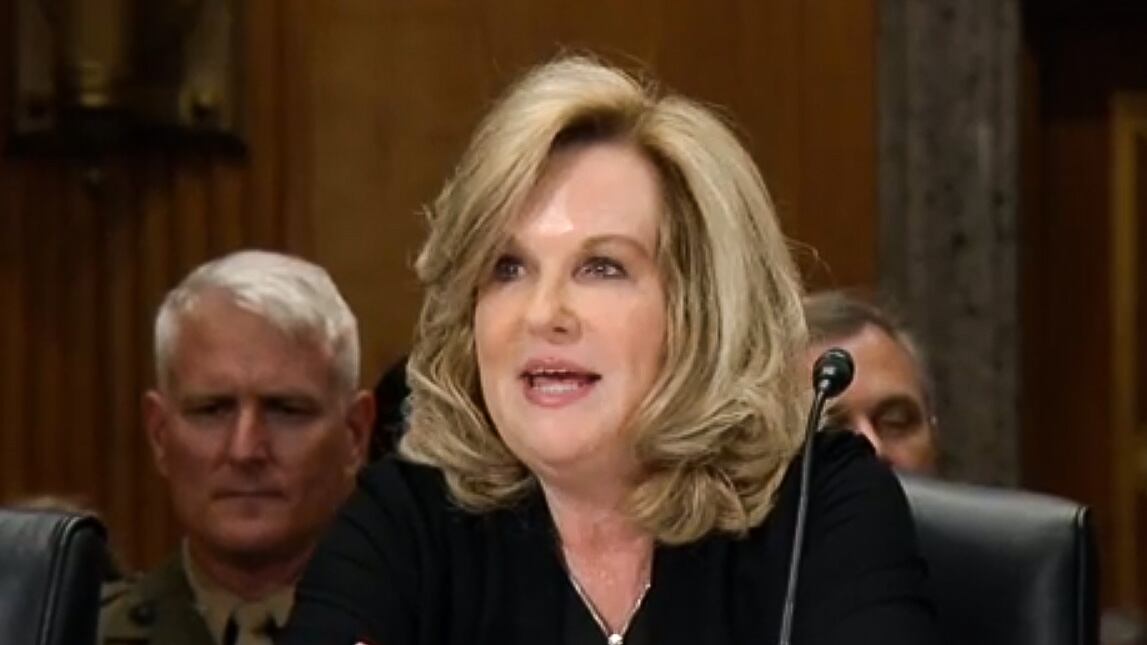The White House plan to move the bulk of Office of Personnel Management functions to the General Services Administration came under scrutiny at a May 21 congressional hearing, titled “The Administration’s War on a Merit Based Civil Service.”
Margaret Weichert, acting director at the Office of Personnel Management and deputy director for management at the Office of Management and Budget, laid out the case for change:
“Failure to invest in and realign HR organization, technology and operations has generated backlogs, service quality issues, cyber risks and problems hiring and retaining top talent,” she said. “The result is a national personnel system that does not meet modern workforce needs.”
RELATED

Rep. Gerry Connolly, D-Va., who chairs the House Committee on Oversight and Reform Subcommittee on Government Operations, framed the issue differently during the three-hour hearing.
“This hearing is about the administration’s plan to eliminate the independence of the civil service,” said Connolly.
While some members of Congress see a proposed OPM/GSA merger as a move to politicize the civil service, Weichert portrayed the plan as an effort to fix the system. She noted that 60 percent of federal workers are dissatisfied with aspects of personnel managements. Moreover, she said, only 5 percent of OPM employees are able to work on core policies related to the federal merit system, the rest being mired in transactional activities.
When Congress gave the Department of Defense authority over federal employment background checks, she noted, OPM lost thousands of personnel and more than $1 billion, compounding the need for structural reform. “Our HR machinery is not structured to keep pace with change,” she said.
A merger of OPM and GSA functions would bring federal government into alignment with a practice already common in some states. “The goal of this transition is to stabilize and sustain OPM’s mission, which is fundamentally already at risk,” she said.
Other witnesses at the subcommittee hearing raised questions about the process by which the administration has proposed to shift the infrastructure, funding and responsibilities of OPM’s over 5,000 employees, and the very rationale behind the move.
GAO’s Acting Director of Strategic Issues Triana McNeil said that neither OPM, OMB or GSA have set outcome-oriented goals for the proposed change. They have not delivered a cost-benefit analysis, nor have they effectively communicated to Congress, OPM employees or other stakeholders.
Faced with a potential merger, GAO asks certain key questions: What will success look like? What management challenges will this resolve?
“As of now GAO has little to no evidence from the agencies to answer any of these,” said McNeil, who expressed doubt as to whether certain aspects of the merger would even be allowed under law.
“OPM and GSA have not identified specific actions that can be taken administratively versus those that will require legislative action to reorganize OPM,” she said. Without further information, “GAO cannot assess the legal authorities the administration is relying on to implement the reorganization.”
OPM’s Acting Inspector General Norbert Vint said that neither the administration nor the agency have yet built a persuasive case for the realignment.
“OPM needs to demonstrate to Congress and the American taxpayers that such a transfer is a well-reasoned policy change that will result in more efficient and effective government operations,” he said. “I am not sure that OPM has met its burden in this regard and the OIG has serious concerns regarding the potential transfer of functions to GSA.”





